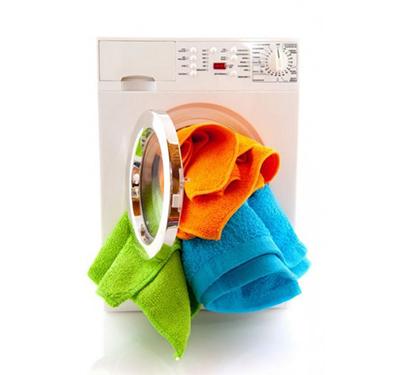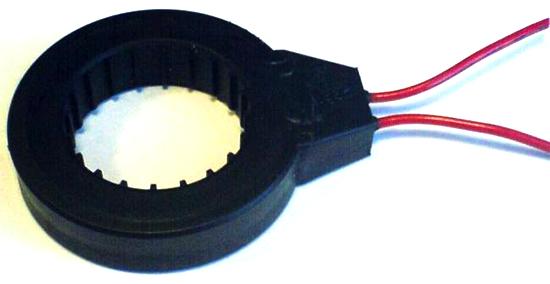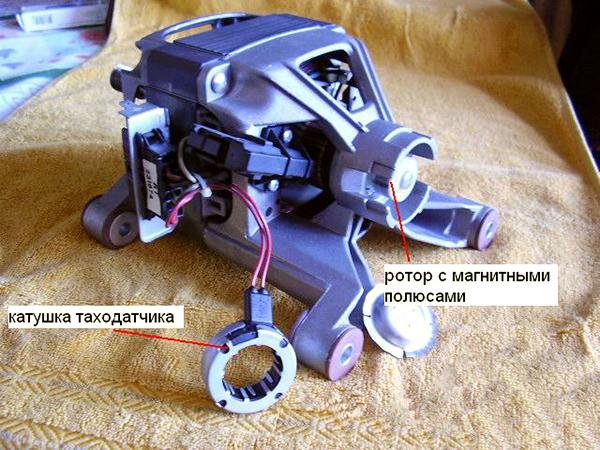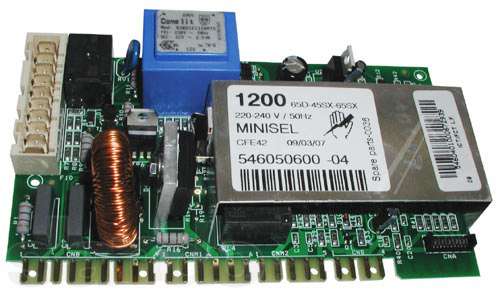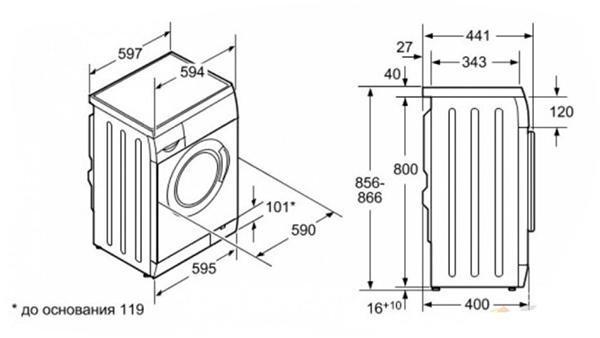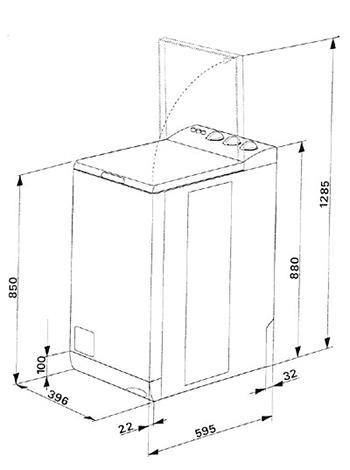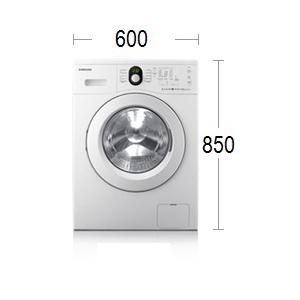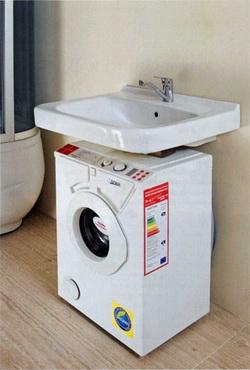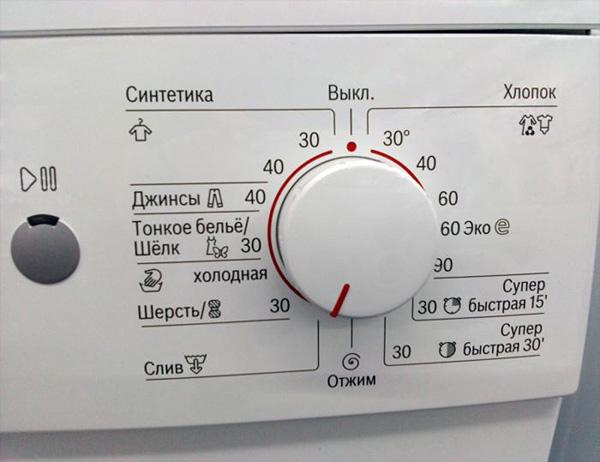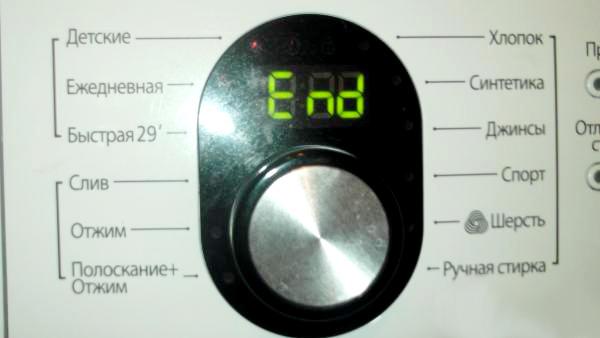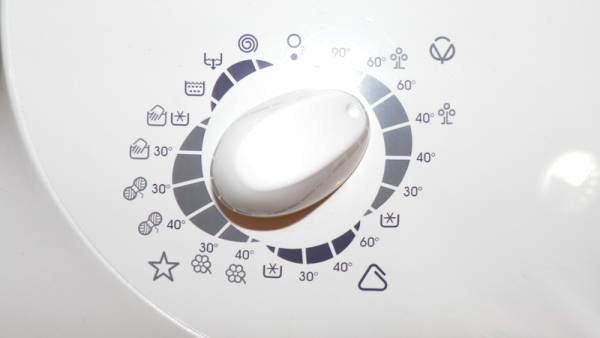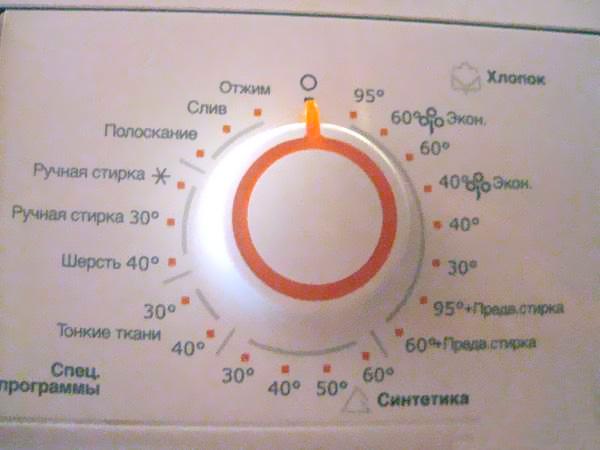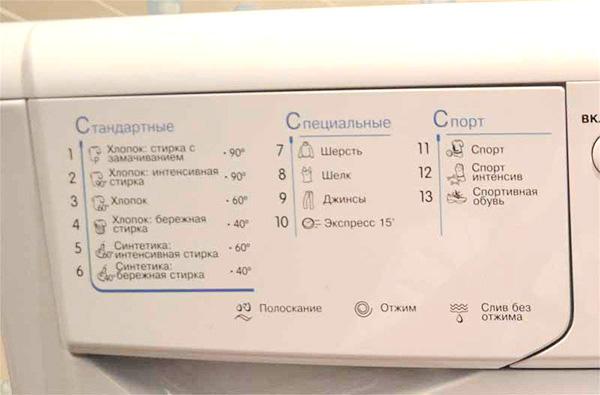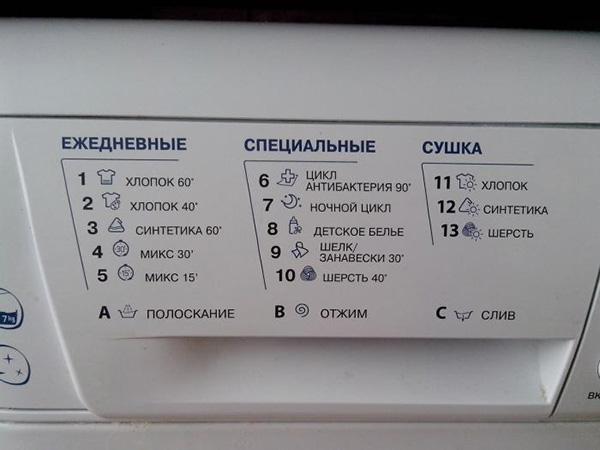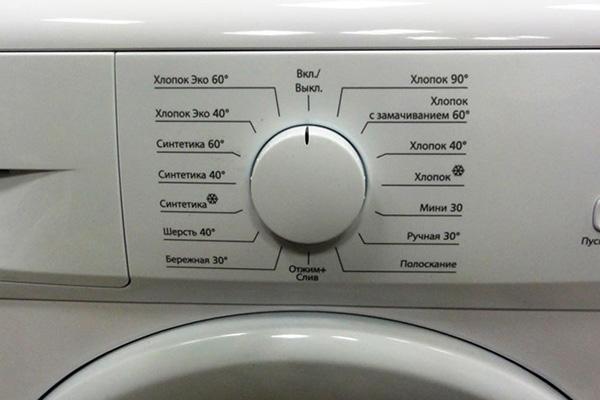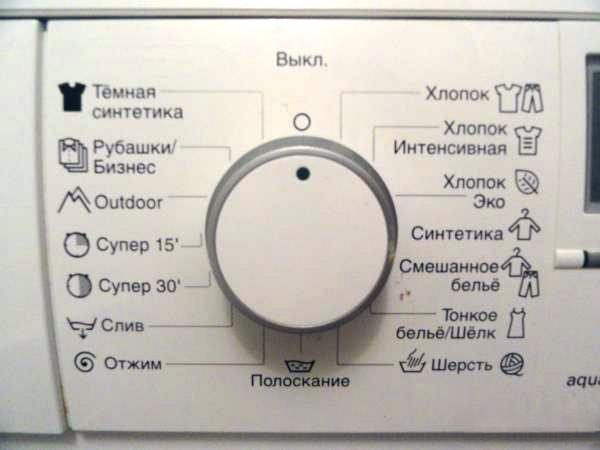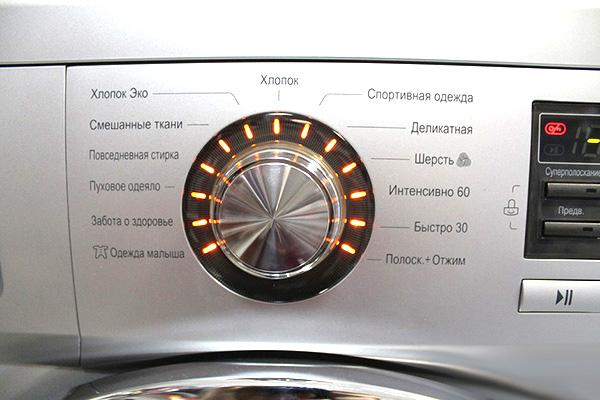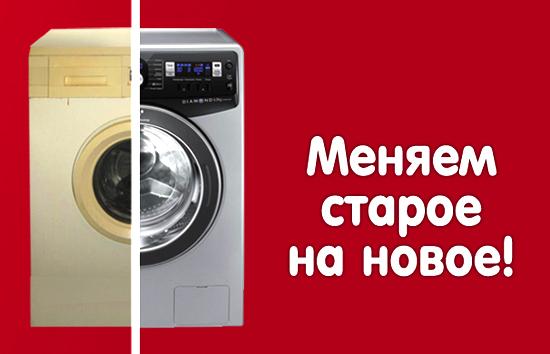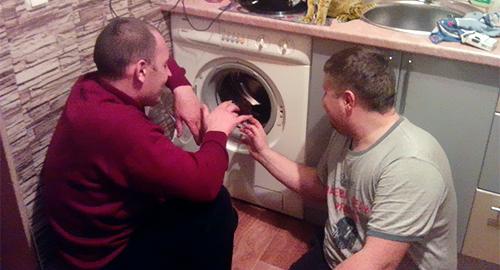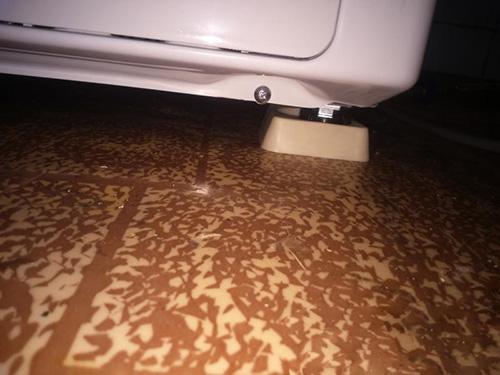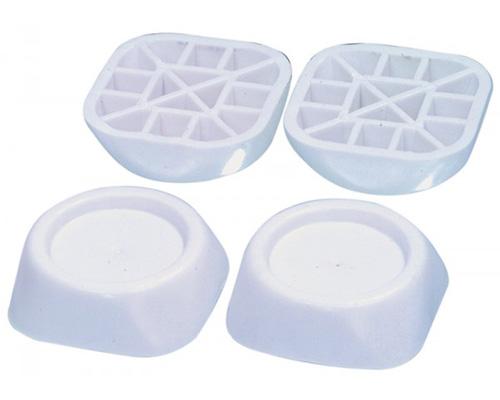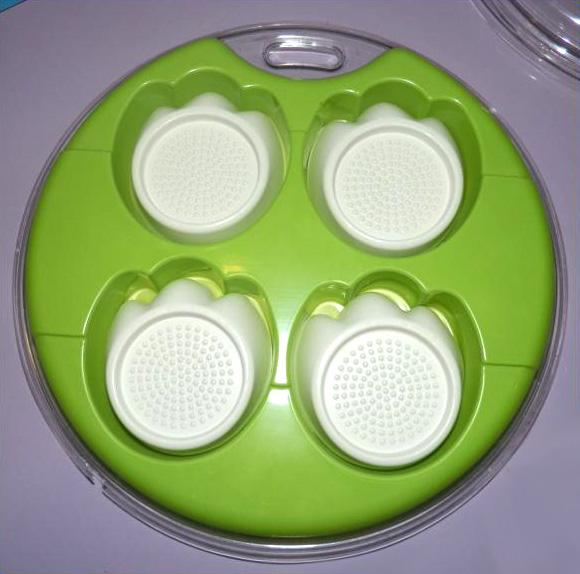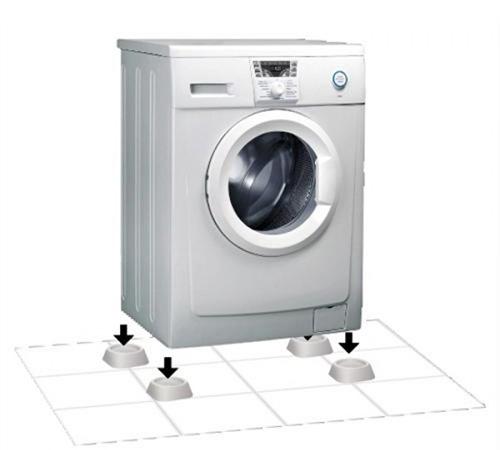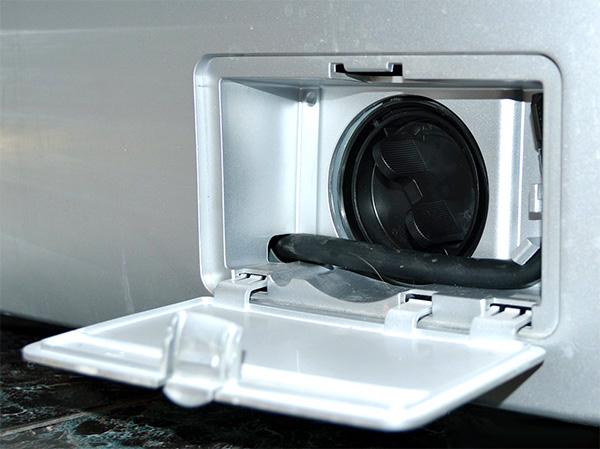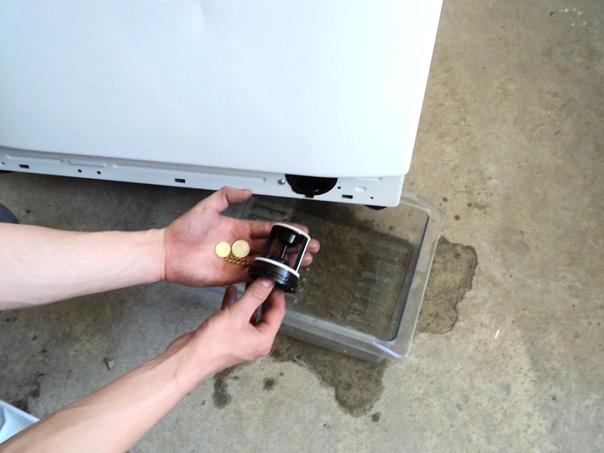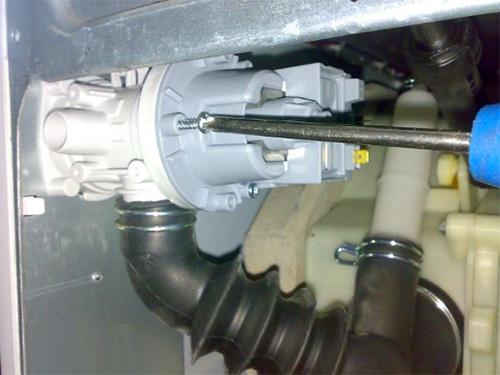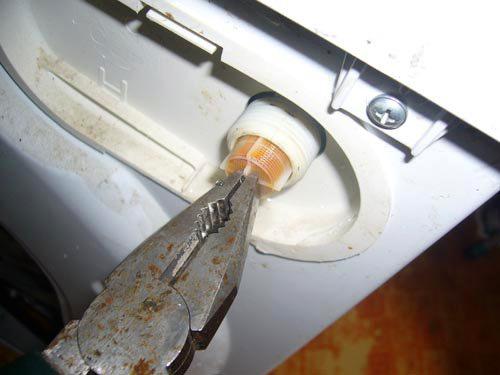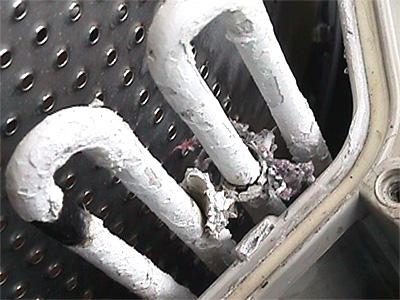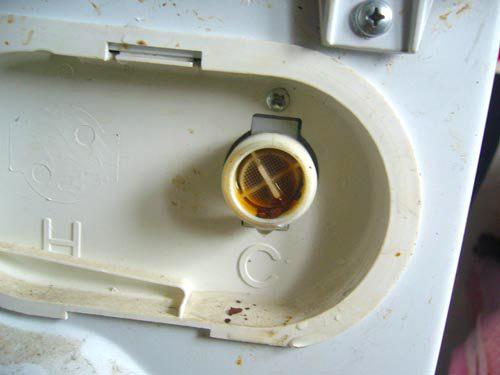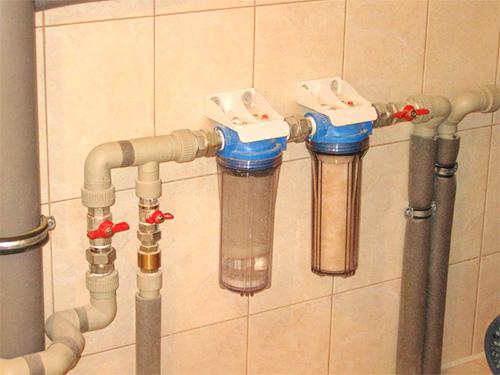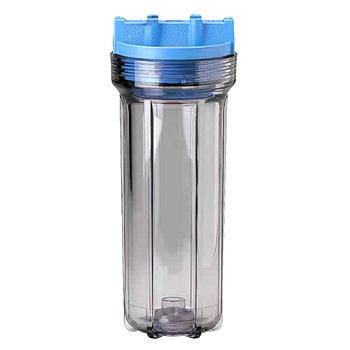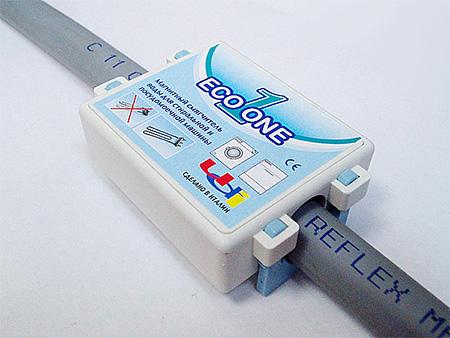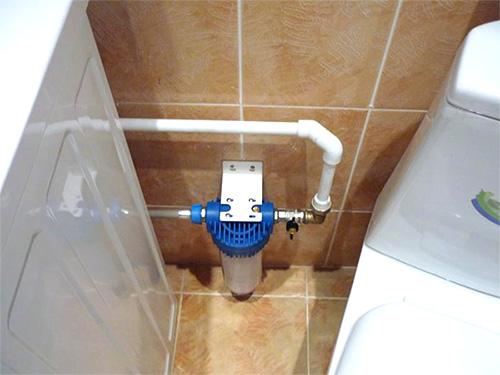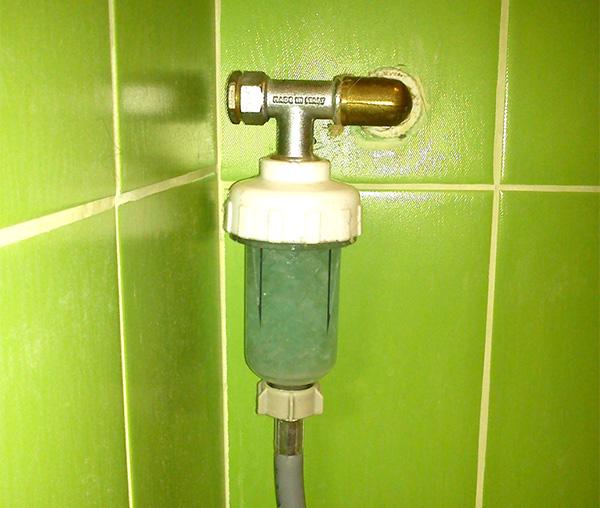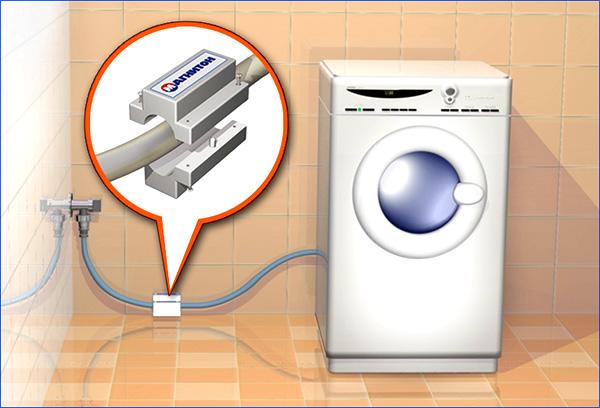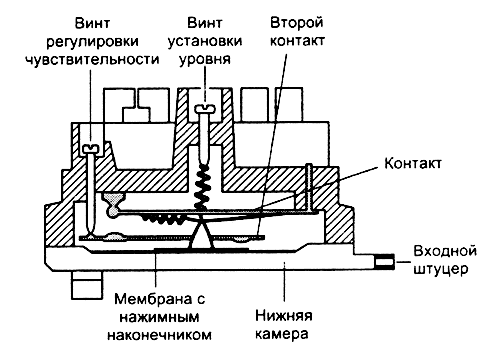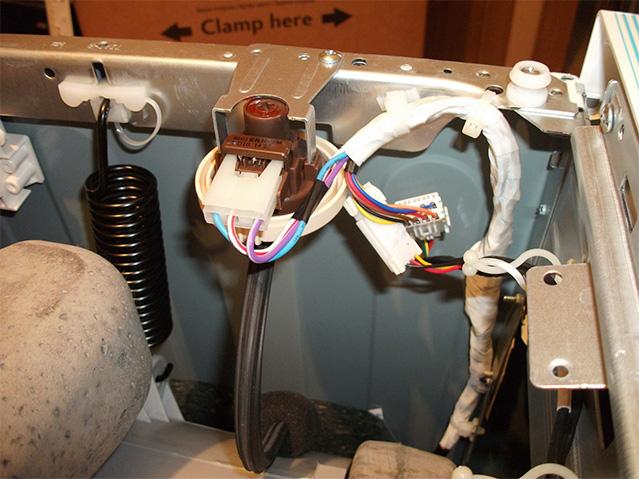When choosing a new washing machine, the first thing we think about is installing it and looking for a suitable place in the bathroom or in the kitchen. In order for the place to be chosen ideally, you need to know the standard width of the washing machine.
The concept of width is often confused with the depth of a washing machine. Therefore, you first need to figure out what depth and width are.
Width or depth of the washing machine
You have probably often heard the concept of “narrow” washing machines - such machines usually have a shallow drum and hold a small amount of laundry. Based on this thought, we can say that cars with a larger capacity are wider. However, it is more correct to say depth. The width is the distance from the left to the right edge of the washer.
The standard width for front loading washing machines is 60 cm., but there are also narrower and compact models with a width of 50 cm - they are lower in height and are great for embedding in furniture.
The standard width for top-loading washing machines is 40 cm., which is a huge advantage.Such a machine is much easier to find a place.
Narrow front-loading washing machines
For those who have little space and who fight for every square centimeter of living space, narrow washing machines will come in handy. The narrowest models start at 29 cm And, as you know, they won't take up much space. But you have to pay for everything.
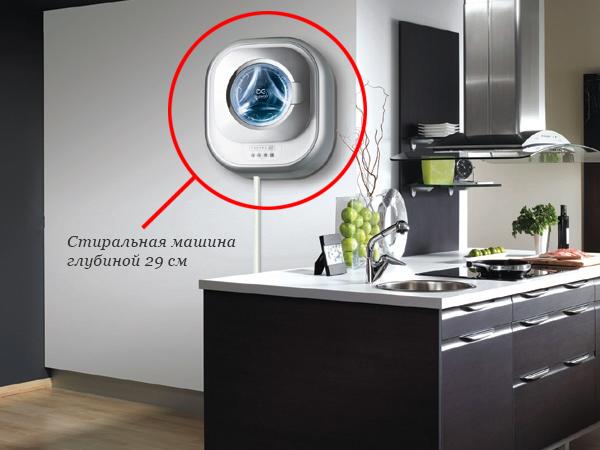
For the compactness of such machines, you have to pay with their small capacity: you will have to wash more often, because such washing machines can hold a small amount of laundry (up to 3.5 kg). If you live alone or you have a family of two, then this volume may be enough for you.But if you have a large family with children, then the machine will not need millet - after all, you won’t wash much in one wash. Separately about such wall-mounted washing machineyou can read on our website.
The second point that may upset the owners of narrow washing machines is that such machines are subject to more vibration. Manufacturers, of course, are trying to compensate for the small washing machine size additional counterweights. But if you compare a narrow and wider washing machine, then other things being equal, the narrow one will vibrate more.
The next range of narrow washing machines is 32-35 cm - these machines are wider, but their capacity already reaches 5 kg of laundry per wash.
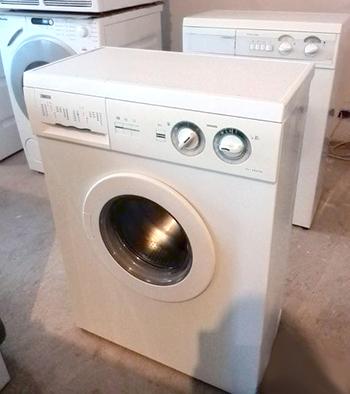
If you are ready to sacrifice an extra 5 cm (this is the length of a box of matches), then it is better to opt for such a model.After all, the capacity allows you to wash a larger amount of laundry, the vibrations during the spin cycle will be less, while the width (depth) increases by only 5 cm.
Wide front loading washing machines
Today, the maximum width of a front-loading washing machine for home use is 91 cm. But you certainly don't need such a huge washing machine. The normal range of washing machines includes models with a width of 40 to 80 cm.
If you pay attention to the washer-dryer, then be prepared that its width will be at least 60 cm.

If you want a washing machine with a larger capacity of 7 or 8 kg of laundry, then their width will be on average 50-60 cm. Usually, such a washing machine is enough for an average Russian family with two to three children.
Width of Top Loading Washing Machine
We talked about horizontal loading, now let's deal with machines in which laundry is loaded from above.
If we talk about the width of top-loading washing machines, we have already said above that it averages 40 cm. The narrowest top-loading washing machine has a width of only 34 cm, but its capacity is only 3.5 kg, which is not so much.

Wider models already contain much more linen. Therefore, choosing a washing machine with a top load of 40 cm wide, you can count on a capacity of 5 kg, and in some models up to 6 kg.
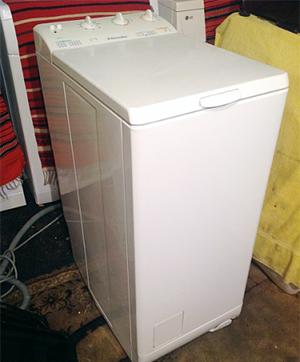
As you can see, the depth and width of washing machines directly depends on the size of the drum, which affects the capacity.Therefore, we recommend that you choose a washing machine according to your needs and try to combine them with your capabilities. Fortunately, today there are models on the market for every taste.

